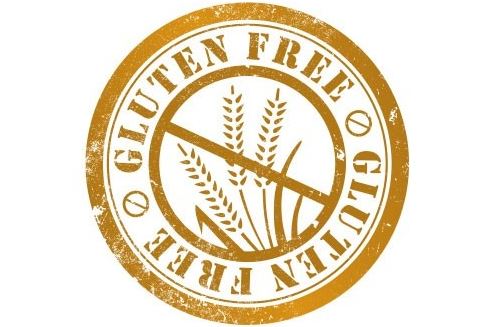News and Notes from The Johnson Center
Gluten Free Labels and How They Affect Us
JCCHD | Tue, September 02, 2014 | [Family and Food][Healthcare][News]Fad diets influence food manufactures to market to those seeking healthy alternatives to mainstream snacks and treats. While roaming through the grocery store, some consumers might mistakenly believe that products with labels advertising gluten-free ingredients are healthier choices. The desire to investigate the nutritional content is replaced by the confidence of knowing that it’s gluten-free. The label itself influences the choice we make for our family. Now, thanks to the new standardized definition from the FDA, we can move forward with additional awareness on what that label actually means.

The new FDA regulation of August 2014 requires that products labeled as gluten-free contain no more than a maximum of 20 parts per million of gluten. This has typically been the standard for quality producers familiar with gluten and its impact on health, but it has not been a requirement until now. What does this mean for the general population, particularly those suffering from a gluten intolerance or Celiac disease? Gluten-free products will now have to adhere to a stricter standard. While this does address the issue of mislabeling foods, it does not in any way define the nutritional value of these products.
The term “gluten-free” does not automatically mean that any food is healthy for you—many gluten-free products are no more than junk food. Determining the health benefits of any item requires knowledge of various factors, including your own individual health status and specific dietary needs. To become truly educated and informed, talk to your local dietician or nutritionist regarding your specific health concerns. Understanding the label is the first step. Educating ourselves on how the food itself affects our bodies is the next.



